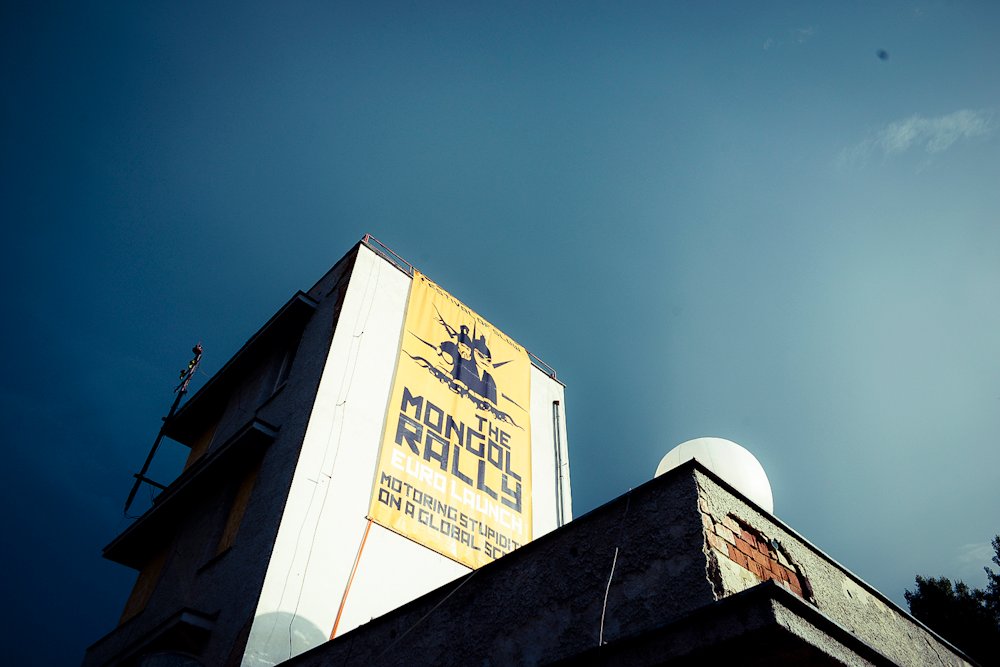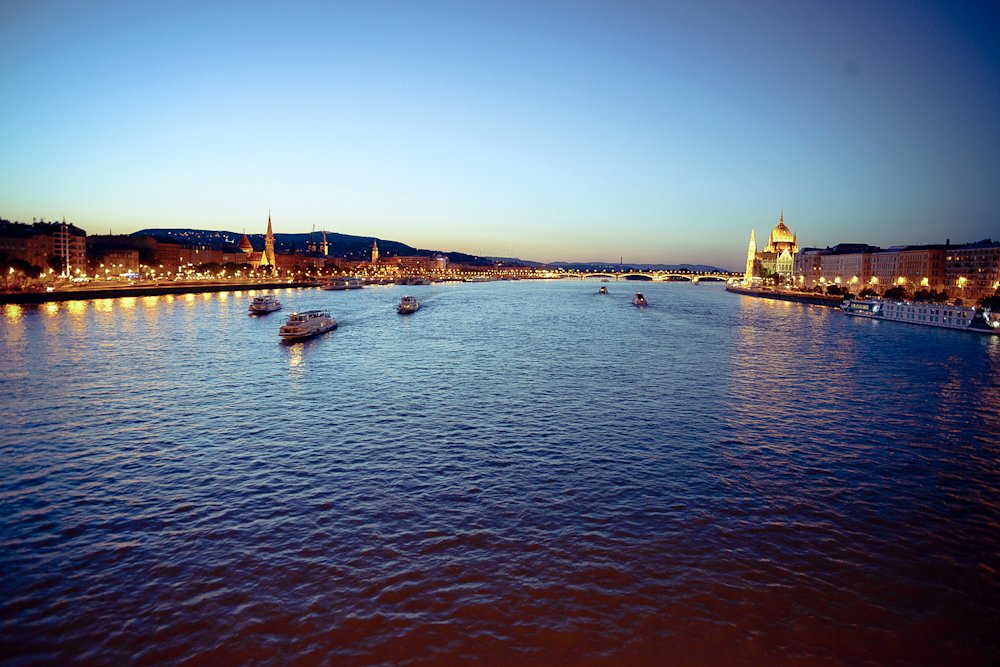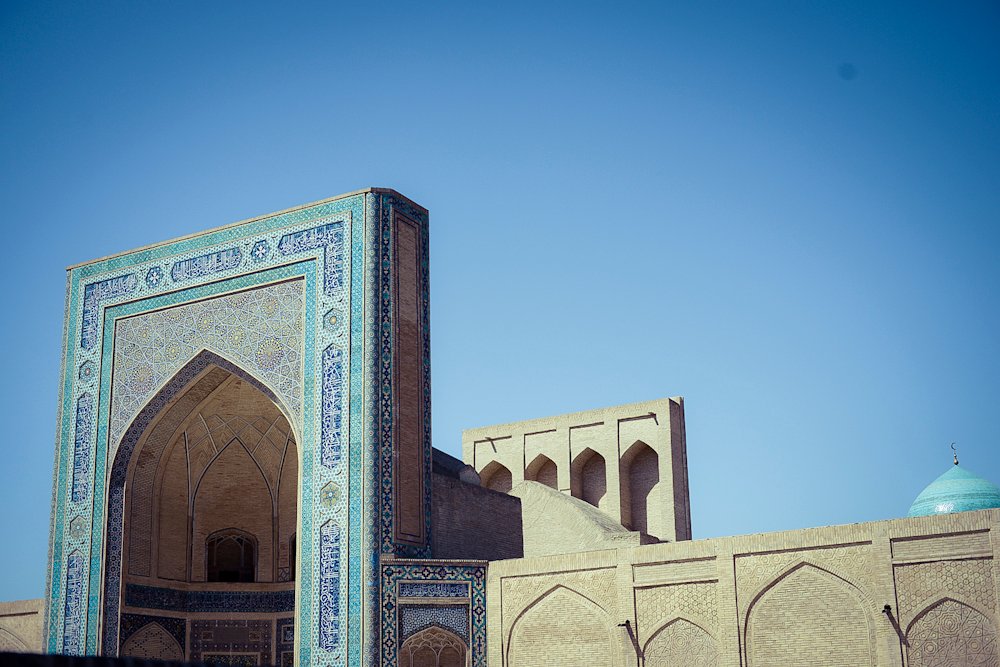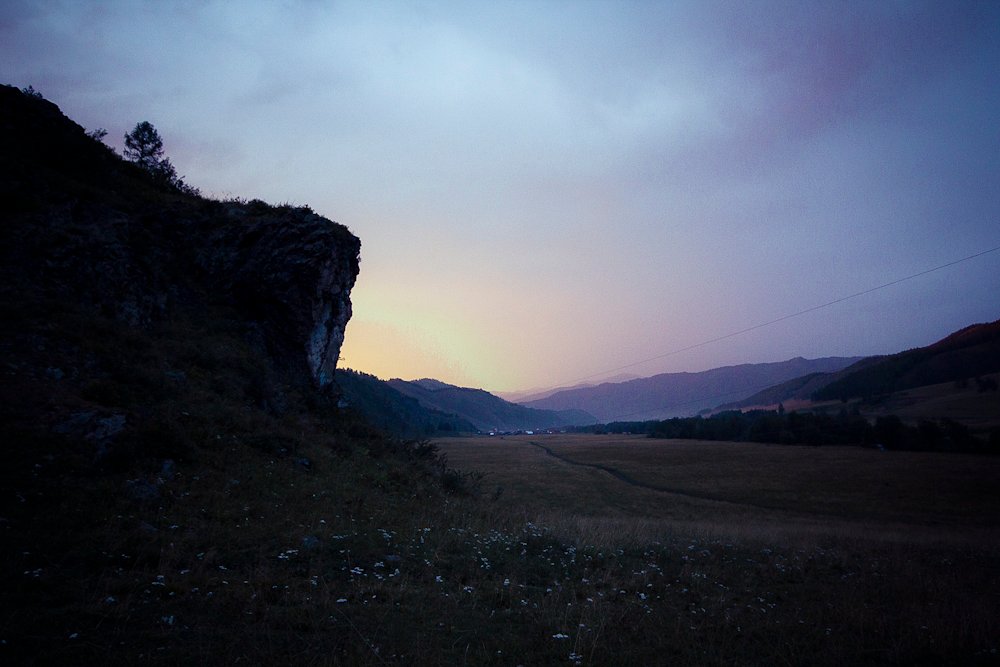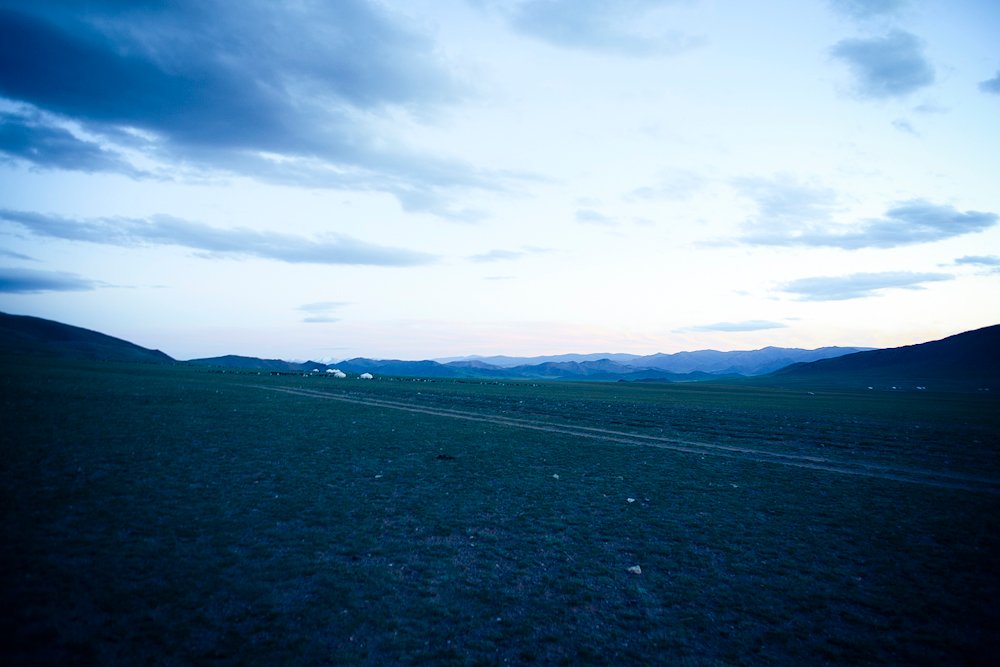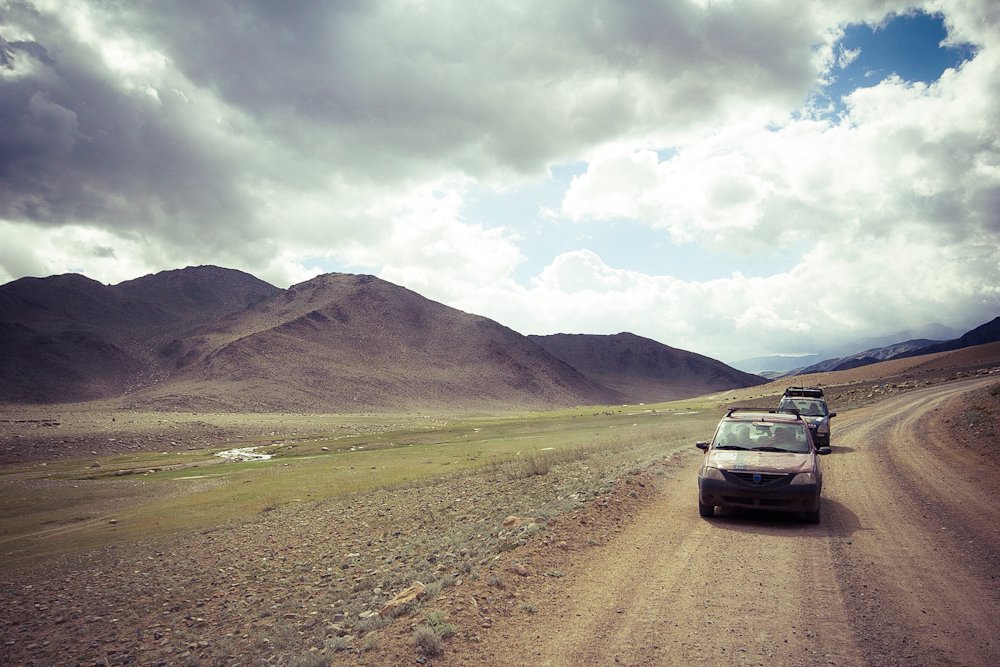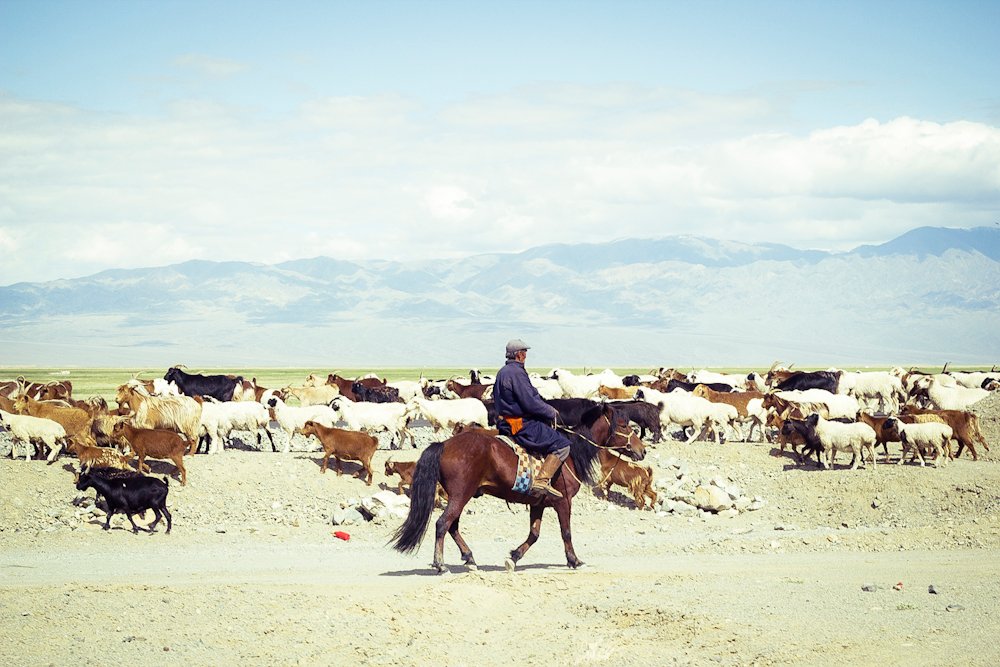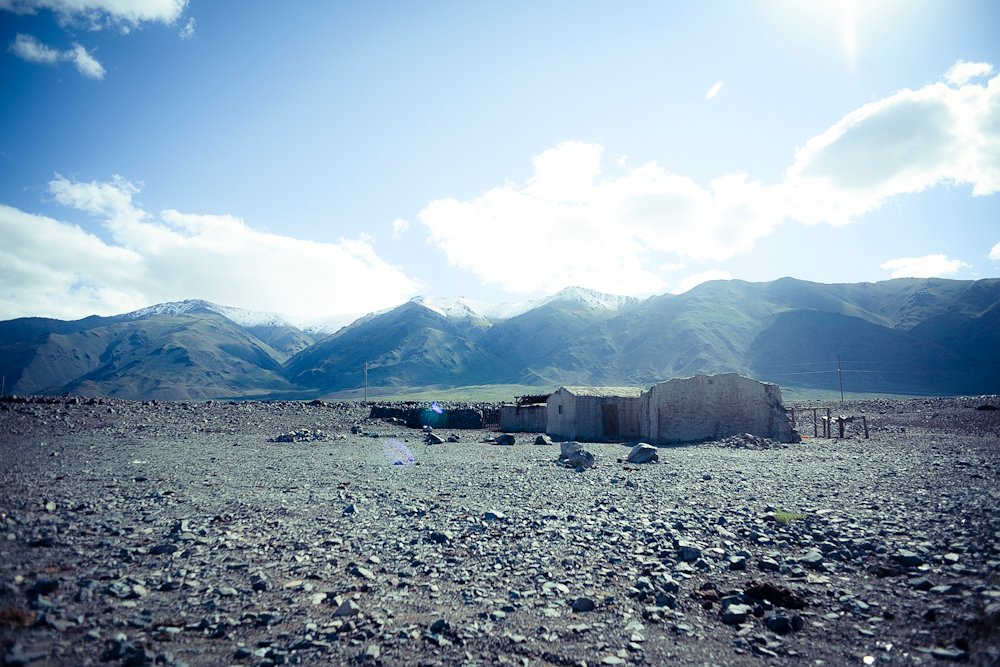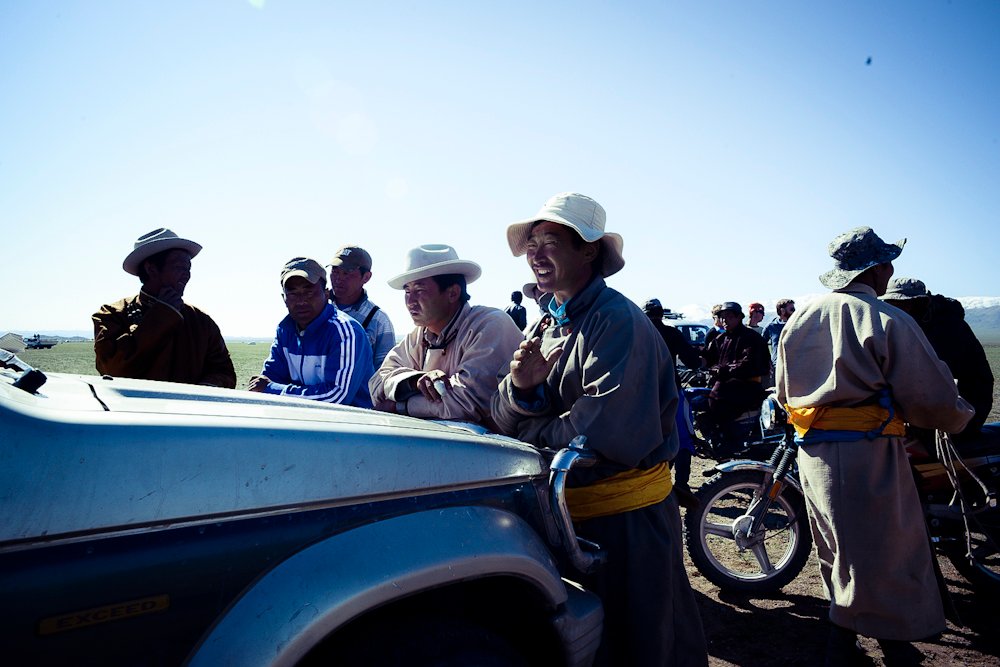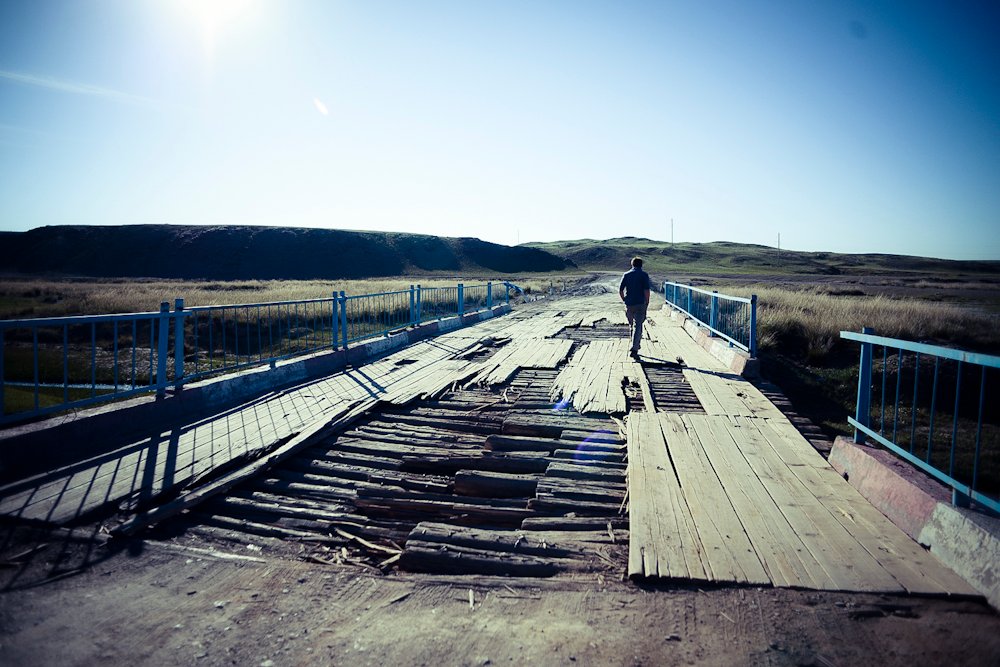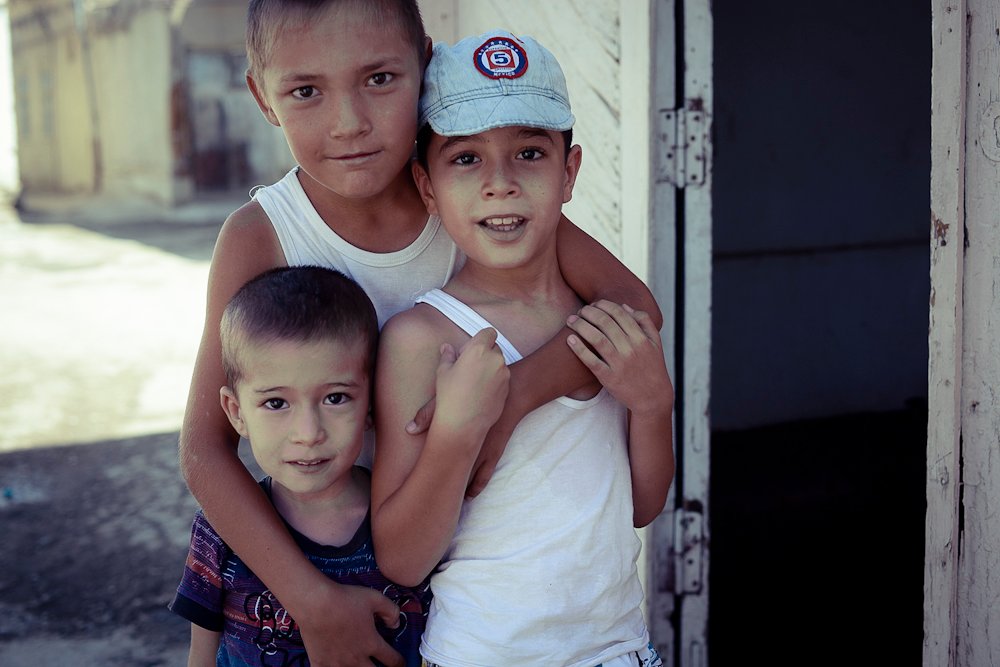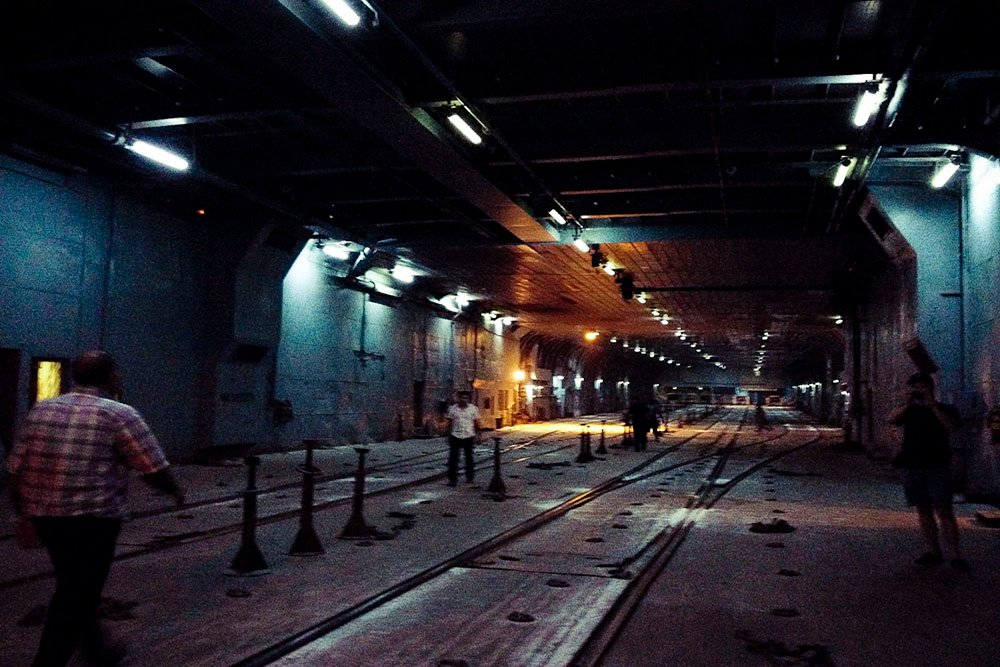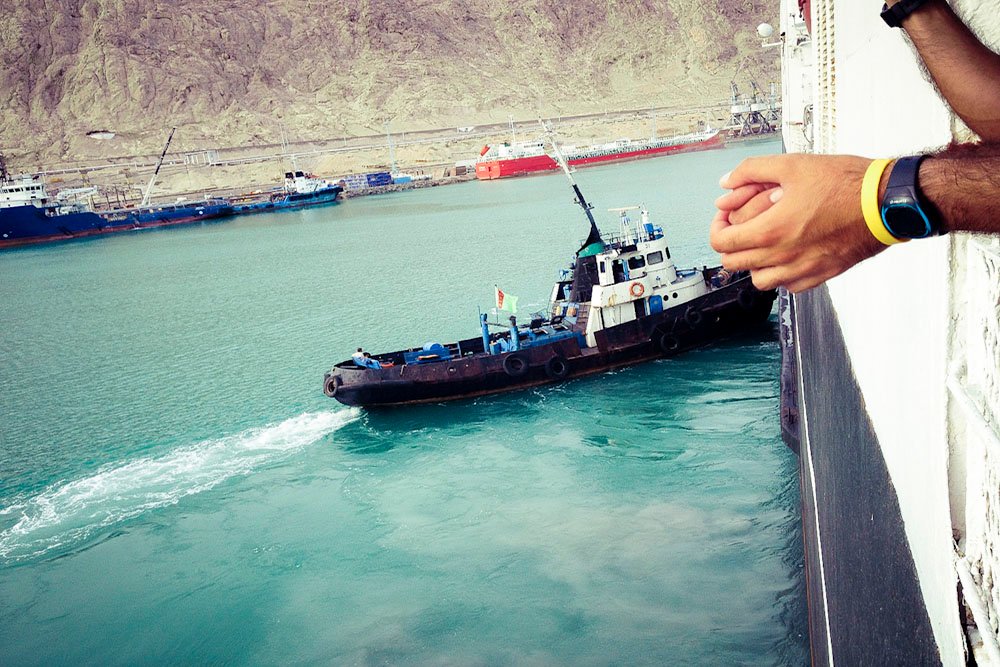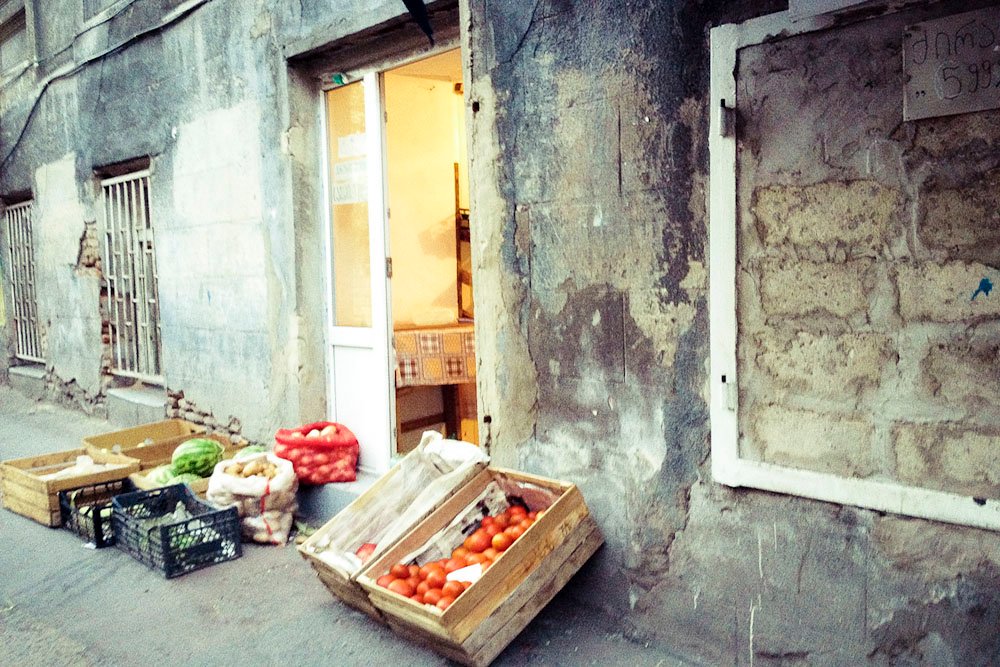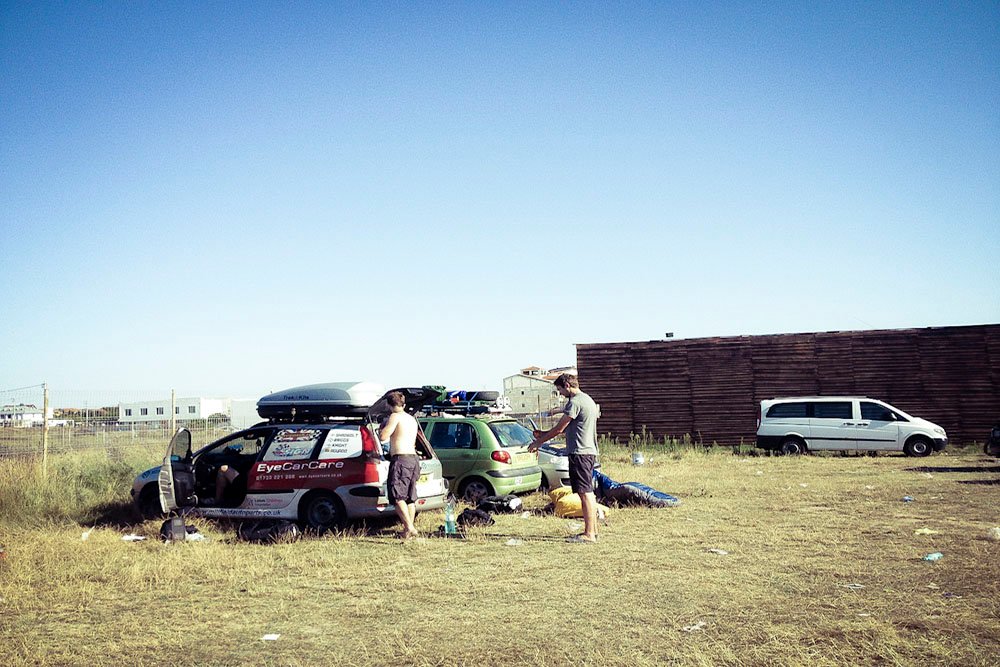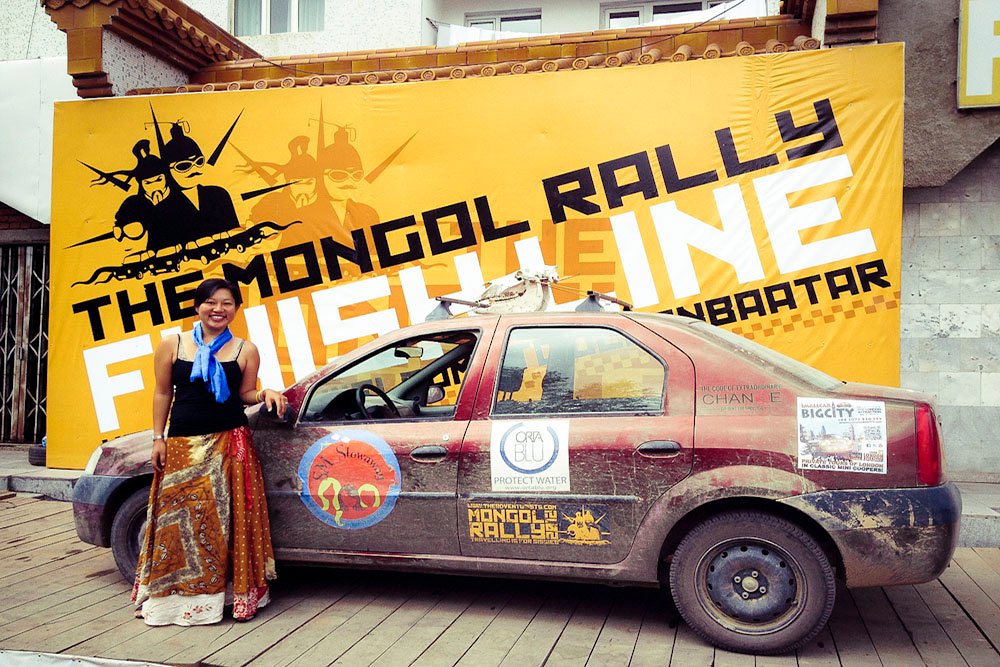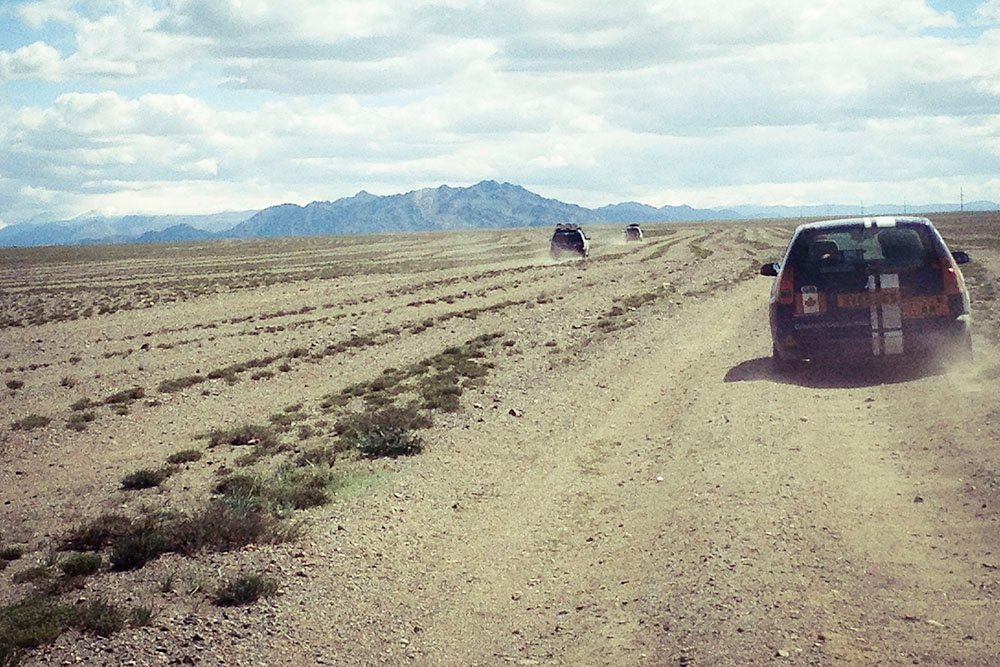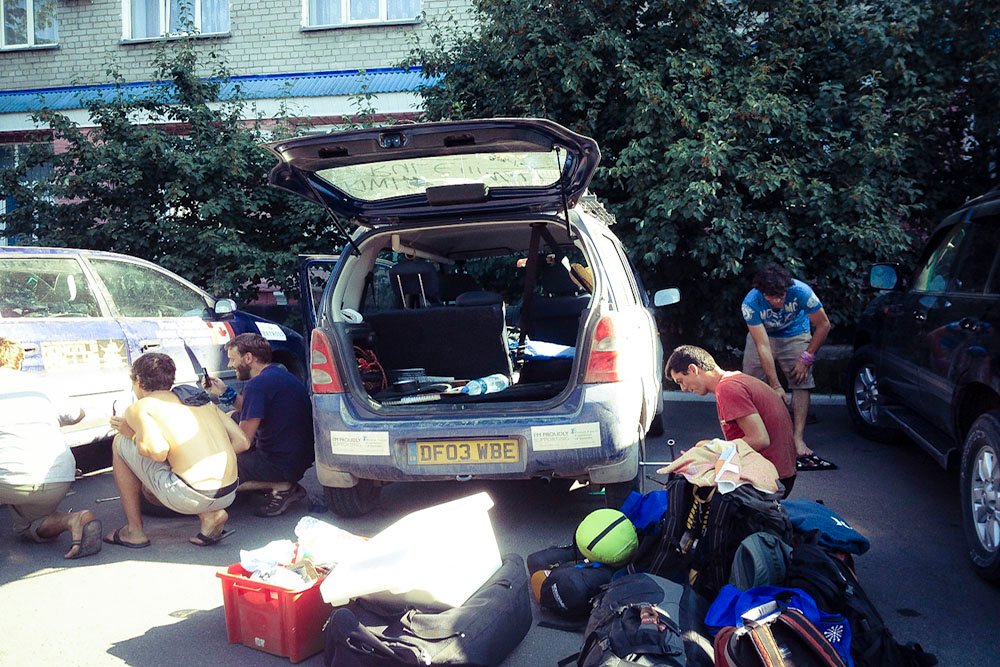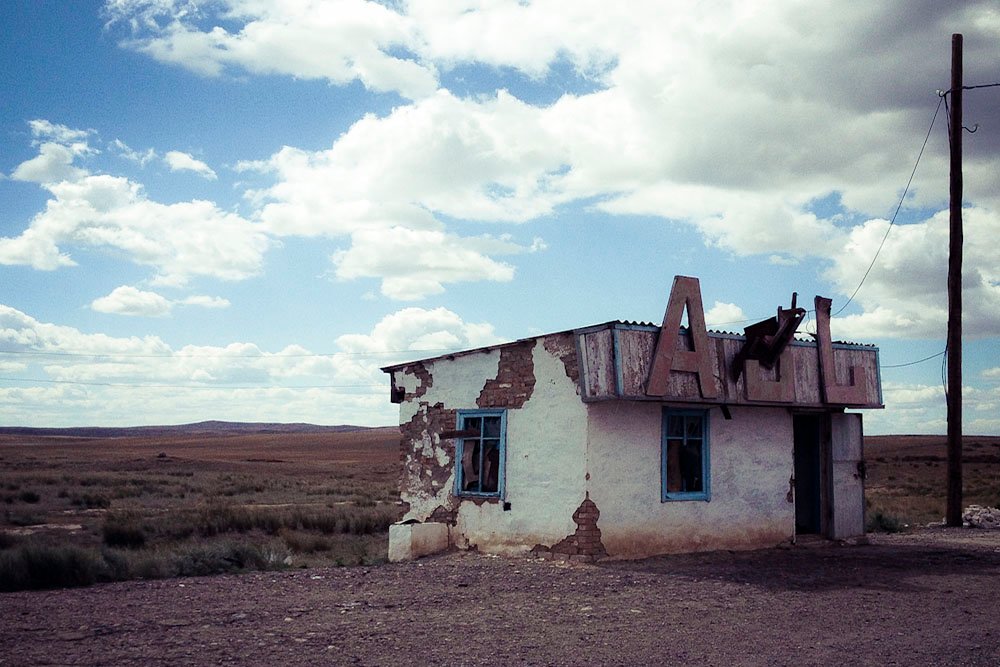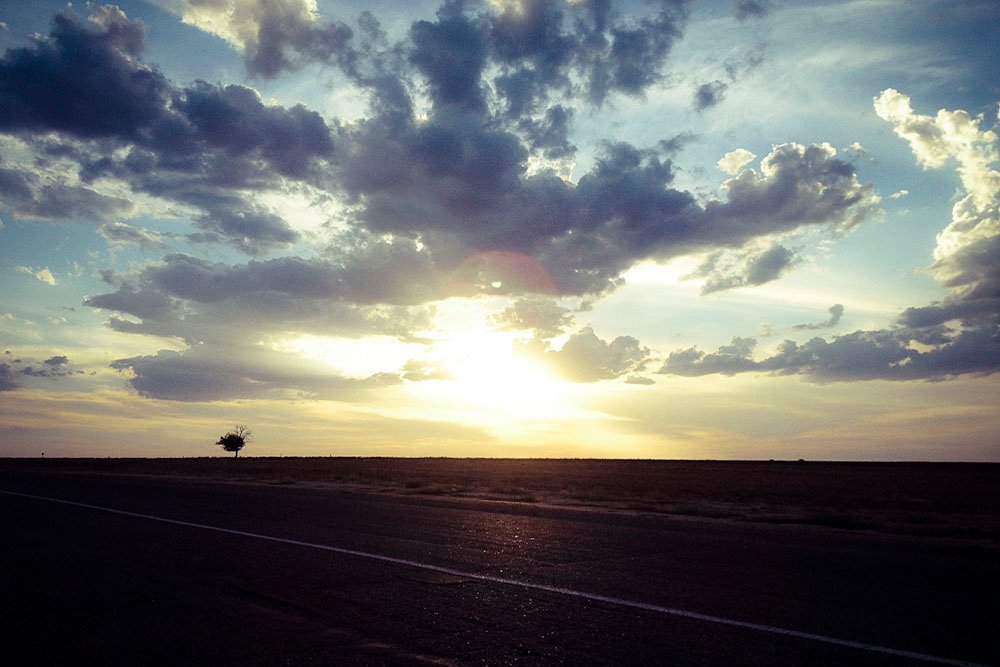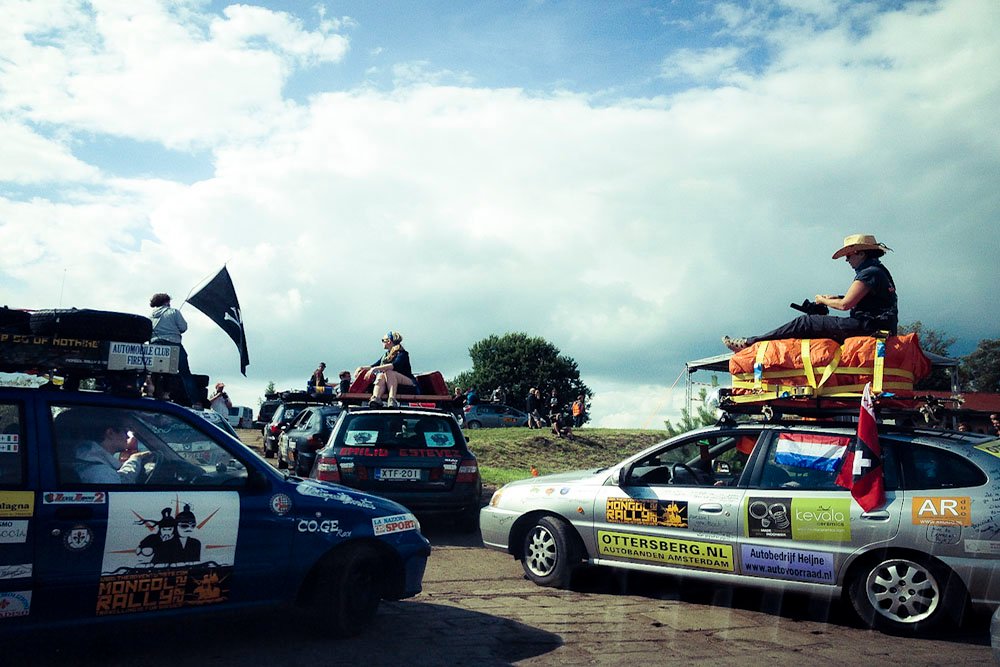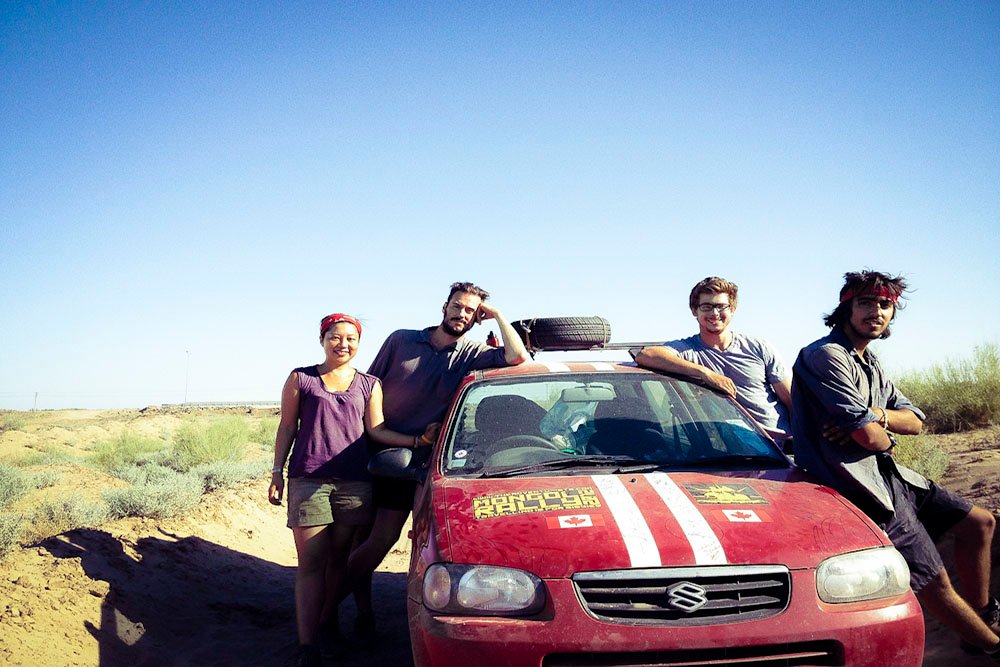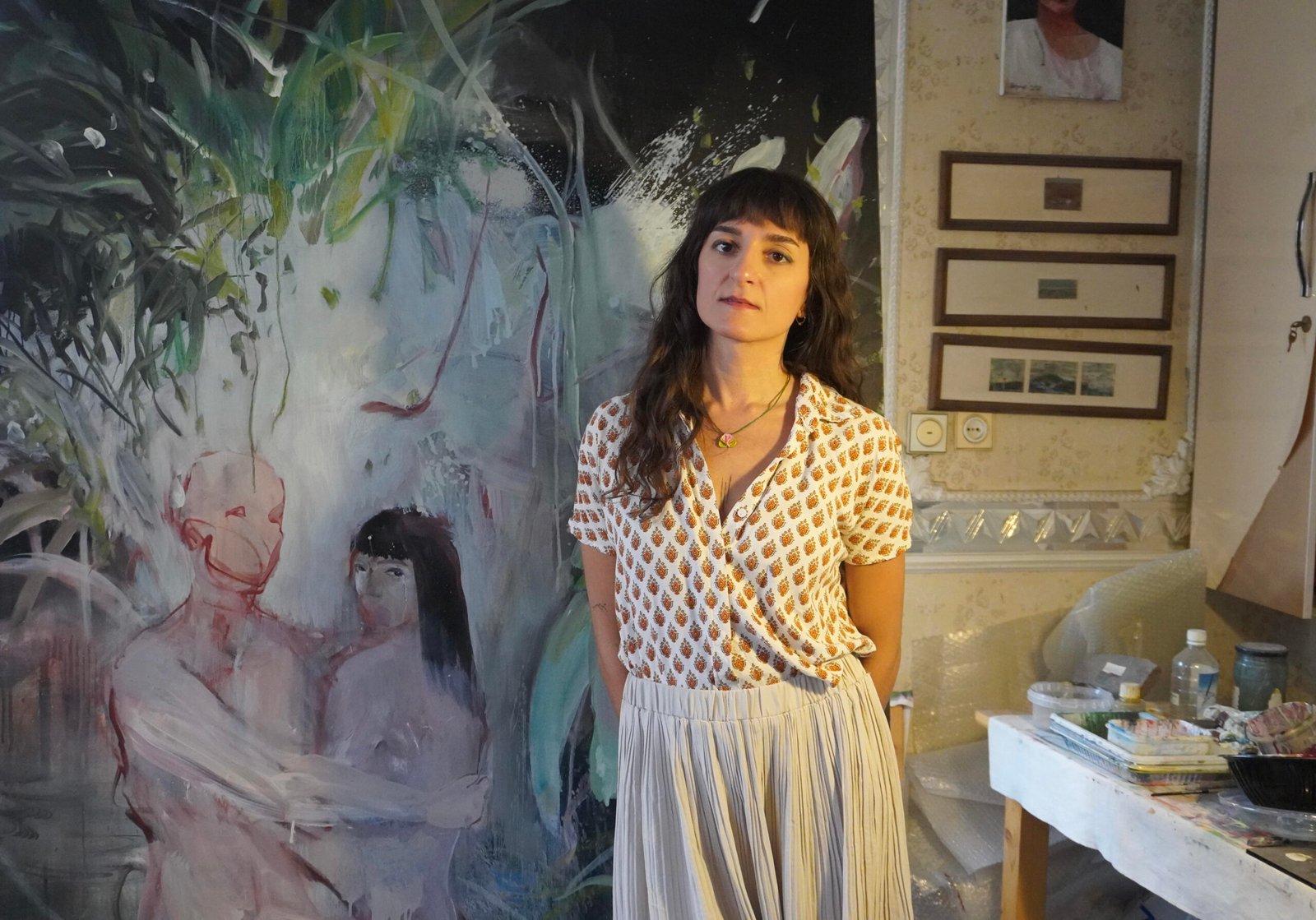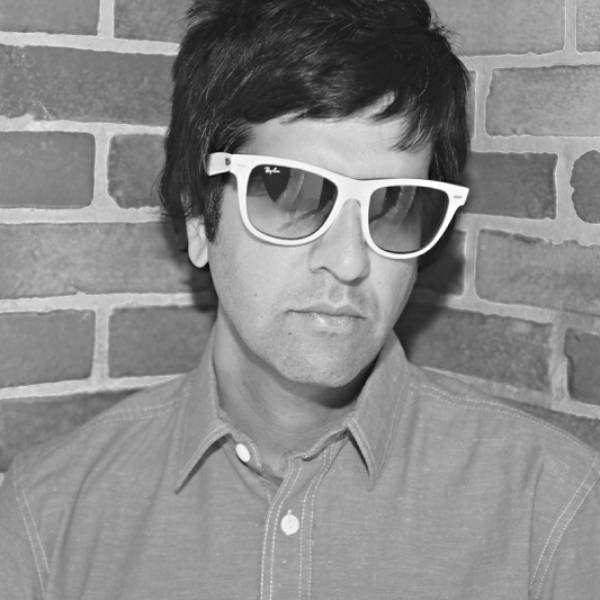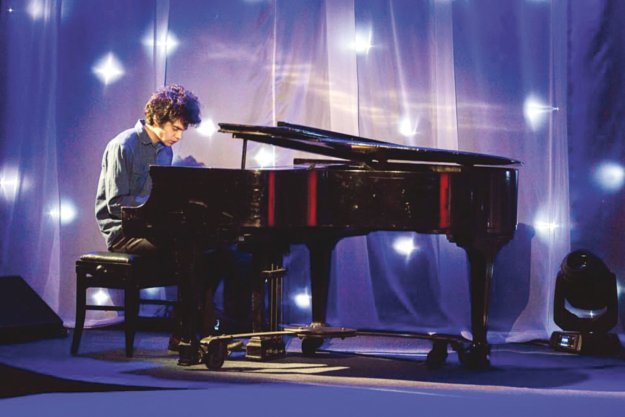U.S.A. –
Emaho caught up with Charlie Grosso, a Chinese American artist based in California. Her work is primarily photography based while experimenting with new mediums such as installation and video. She is best known for her photos of food markets all around the world.
Emaho : You graduated with a B.A. in Theatrical Design and Management from the University of Southern California. How has your theater experience been? What role did you play in theatre?
The focus of my undergraduate degree was directing, production and production design. I was not training to be an actor but then, in my degree, there was no shortage of acting classes as well. You can’t direct unless you understand what it feels like to be on the other side.
Even though my pursuit of theatrical arts ended when I declined an offer for an MFA , the training from acting, directing, storytelling, production management and production design has served me well in other areas of my professional career.
Emaho : From theater, you moved on to become a professional photographer. How and why did the transition come by?
I was learning photography and pursuing it seriously during my undergraduate years. For your MFA interview, part of the portfolio needs to be another artistic expression, something not theater related. So I included 20 triptychs of my photography work. During every interview, the photography portfolio was what the interviewer wanted to talk about and not my design work.
When I decided against grad school and went into business myself, photography seemed to be an obvious choice. I became an advertising photographer.
Emaho : What is your idea of a near-perfect photograph? What do you look for through your camera lens?
Ha! The near perfect photograph…..It would need to be technically as perfect as possible, well- composed, but more importantly, it would need to tell a story and make the viewer feel something. It should inspire, behold, intrigue, and/or disturb. It needs to leave room for the viewer to make her own interpretation but, at the same time, the voice, point of view and artistic vision of the photographer should be clear and present.
When I look through the camera I am looking for the perfect moment the perfect photograph is made out of. I still remember the feeling I had the first time I looked through a Rolli-Twin Flex Camera. I looked through the ground glass and I felt like I was in love. I think I am constantly trying to find that moment again. Sometimes I get there. Sometimes I don’t.
Emaho : Tell us about your Wok the Dog project. What do you aspire to achieve through this project?
Wok the Dog is a long-term documentary about food markets around the world. It started somewhat unintentionally in 1997 and the first 8 years of the project were almost accidental. In 2004 the project took on its current shape. The Pentagon bans all press photo of the bodies returning home. No more front page coverage of coffins drapped in red white and blue.I had been in advertising for a while and I thought about packaging and presentation a lot, and how it manipulates our reaction and perception. This was also around the beginning of the slow food movement; Michael Pollan had yet to come out with The Ominivore Dilemma and organic still felt like a gimmick.
The way food is presented to the American audience is so sterile and detached, and that affects the way we think about many things, including the value of a life and the concept of waste. The value of a life should not weigh any less because it came pre-packaged as pink in plastic or belongs to a different cultural background.
A life is a life is a life. …..and with that, Wok the Dog began in earnest.
In the beginning, my goal was to offer American audiences a different way of looking at food— a contrast from other cultures to what we have here in the US. I wanted to contribute to the ongoing dialogue that was growing at the time.
Now, nearly 10 years later, I am at the end of this project, completing the last 7 countries this summer. The landscape has changed. ‘Foodie’ is now an active noun you hear often; the cultural awareness of where food comes from, what to eat etc has grown and expanded tremendously. I think Wok the Dog will need to be reframed a little once its done and I am not sure what that is yet. I will figure it out as I go.
Emaho : As part of your Wok the Dog project you have photographed 33 countries and 94 cities. Apart from Taiwan, the inspiration behind your project, which other country/city left a lasting impression on you and why?
Every country and every city is different. I can see each and every one of them so distinctively in my mind’s eye still.
What is curious is seeing how each culture’s socio-economic dynamic plays itself out in the market place and the rare exceptions to the rule. For example, most butchers tends to be men, yet in this particular market in Nicaragua, not only are most of the butchers women, they are these big mamas!In Asia, there is a pretty even split of men and women working in the market but in most Latin American countries, it is the women who do most of the sellng. In the Middle East, on the other hand, there are no women vendors.
I also love how the market is not for tourists or travellers. It is a look at the country/ culture in its most pure, authentic form.
Emaho : What does travel mean to you? We would like to know about your most favourite travel experience.
“For me, travel has rarely been about escape; it’s often not even about a particular destination…There is something in the act of setting out that renews me, that fills me with a feeling of possibility. On the road, I’m forced to rely on instinct and intuition, on the kindness of strangers, in ways that illuminate who I am, ways that shed light on my motivations, my fears… Often the farther afield I go, the more at home I feel.” Andrew McCarthy, The Longest Way Home.
McCarthy’s words echo my own sentiment. A lot of the questions I get about travelling, be it solo travelling, be it Wok The Dog type—specific and wandering into the market alone with cameras, to the adventure travel of The Mongol Rally, they all tend to be fear-based questions. Aren’t you worried? Aren’t you afraid? Where do you sleep? How do you do X, Y, Z?
‘Fear Less. Love More’ is the lesson travel instills in me. Every time I am on the road, I learn that lesson over and over again. Once you accept that, then anything is possible. The world really becomes your oyster (as cheesy as that sounds!).
Emaho : You still have 7 more countries to go as part of this project. Travelling to which country is your ultimate dream and why?
The ultimate dream is not a speciifc destination but a prayer. May the road ahead be long, never- ending, full of adventures, good friends and always a helping hand.
India. Of course you’ve been here. How does the country look as seen by you? What has been your most memorable Indian experience?
The filth, crowd and poverty that tend to shock most travellers did not bother me. I have been around the world enough to not let that discomfort me. There are a lot of people living in terrible conditions across the globe and sharing their stories is a big motivator for me. I was more impressed by the entrepreneurial spirit I saw in India.
Emaho : You also have a travel art gallery called Baang + Burne Contemporary: An unconventional art gallery with the spirit of an Indie rock band. Why did you name your art gallery so? What makes you identify it with an Indie rock band’s spirit?
Kesha, my business partner for the gallery, and I, both wanted to be spies when we were little. “Bang and Burn” is an espionage term that means to demolish and destroy. We wanted to create a new paradigm in the art world, a new kind of gallery, so we named our gallery after that. We added an extra letter to both words so it would sound like some Scandinavian last name, as most galleries are named after their directors.
We run a roaming gallery model. We don’t have four permanent walls, and get space for each exhibit, which is akin to a band being on tour. We relate a lot to the DIY spirit of rock ‘n’ roll and also understanding the importance of the fans. There would be no gallery without the artists, or the collectors. Everyone plays a part and we like to make sure that we don’t negelect any one part.
Tell us more about this unique idea of a travel art gallery and what inspired you to open it?
We really wanted to challenge the idea of four walls and see how the environment influences the work. Without four consistent walls, we are at liberty to continously challenge ourselves, what we present and how we present it. It is an opportunity to constantly innovate.
You have a blog named Spy Travelogue: Living a Double Life. Tell us more about the double life.
The art world demands a certain level of professionalism, aesthetics and decorum. When I am in NYC and in the disguise of a gallery director, it is all dresses, heels, make-up and all the trappings that come with such a disguise. When I am on the road, I travel cheaply, wear cargo pants, live in hostels, take long distance buses, almost the life of a hobo. Two opposing side of the same self.
You have a diverse career which includes you being a Producer, Artist, Brand Consultant and Creative Director. How did these come by?
Everything helps with everything else and what I’ve realized at the end of the day is that none of the jobs are all that different from each other. I am simply exercising different muscle groups. Say ‘yes’ to everything. Say ‘yes’ to opportunities and grow with each of them. That was all I did and still continue to do.
Art & Culture Interviewed by Sanchita Jain
Photographed by Charlie Grosso
